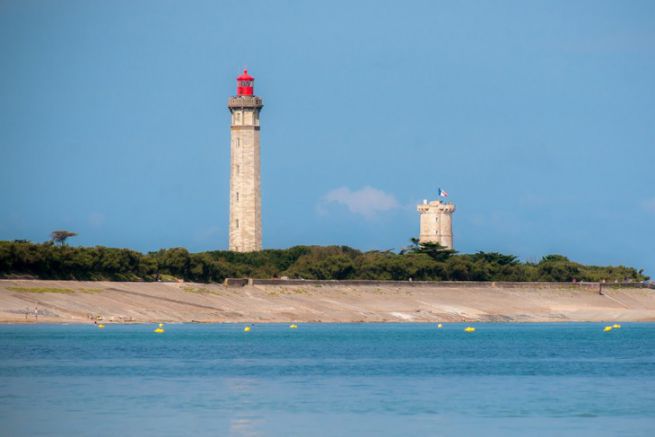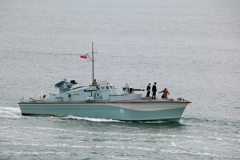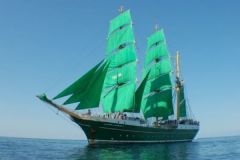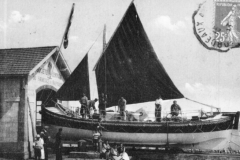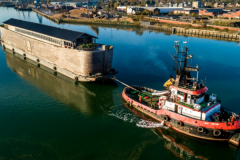History of the Whale Lighthouse
The old Whale Tower was built in 1682 by the architect Augier, on the orders of Colbert. Louis XIV's Comptroller General of Finance applied a programme established by Vauban, which would make the Lighthouse of the Whales an advanced cover for the Rochefort arsenal created in 1666, along with the Chassiron lighthouse.
It was in reference to the many whale strandings that took place at this point along the coast that the Lighthouse took this name.
This first lighthouse of the Whales was built according to the plans drawn in 1969 by Augier. This tower is 29 m high (31 m above the sea) and has a circumference of 8 m. It is made of ashlar from the Saint-Savinien quarries. It has 3 floors which are accessed by a spiral staircase (112 steps), which leads to 3 rooms.
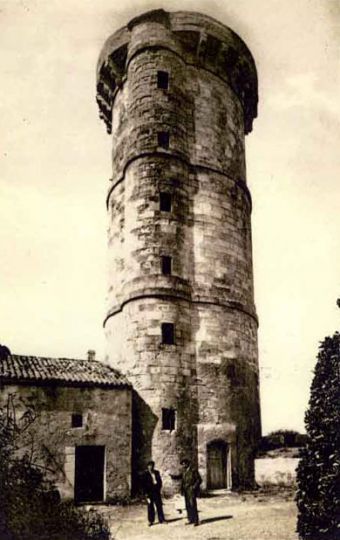
Its fire was fuelled by fish oil - especially whale oil - until 1736, before being lit by coal. The lantern was installed in 1736 with coal ignition and replaced by a new one in 1820. She was permanently abducted in 1907.
The Old Whale Tower was listed as a historical monument on 22 June 1904 and has since been renovated. The complex of buildings - the lighthouses and the park with its surrounding wall - was classified as a Historic Monument on 15 April 2011 and 23 October 2012.
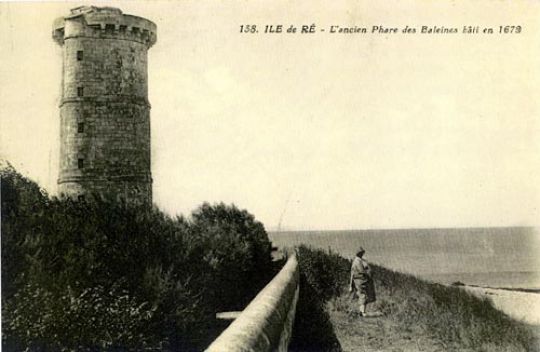
One Rook replaces another
It was to replace the old lighthouse - which had become obsolete because its range was too limited - that it was decided to build a much higher tower. There was some hesitation as to the exact location of its location: either at sea or on the rocky tip of the Whales.
This lighthouse, 59.39 m high above the highest seas (51.30 m focal height above the ground) was built as part of the 1825 programme of the Lighthouse and Beacon Service, by the architect Léonce Reynaud. This program consisted in building large landing lights that would allow all sailors approaching the French coast to see a light wherever they were.
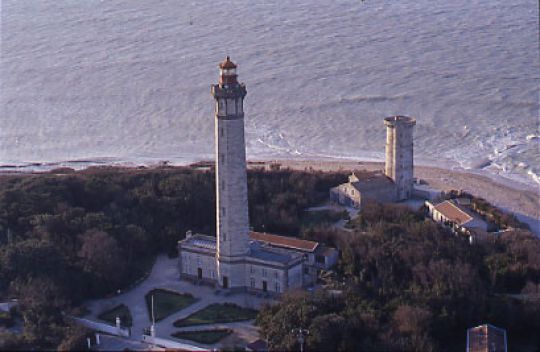
Construction began in 1849, a little behind the old Whale Tower, at the same time as a third-rate lighthouse at sea, the Haut Banc du Nord Lighthouse, also known as the Whale Lighthouse. This octagonal tower is built of exposed stone (Crazannes, Saint-Vaize and Douhet limestone) and the base is made of Kersanton blue granite. Access to the top is via a spiral staircase of 257 steps, from which there is a magnificent view of the beaches of the Ile de Ré.
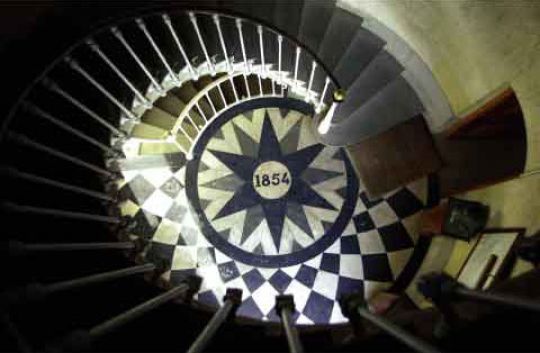
The Lighthouse of the Whales is a first-class lighthouse - also called landing light - and equipped with Fresnel optics, still in service, whose size allows it to illuminate as far as possible. It was turned on in 1854 and consists of a white sector with 4 flashes every 15 seconds, with a light range of 27 miles (about 50 km/h). It ran on oil until 1882 and then had a steam power plant around 1904. It was then connected to the power grid after the Second World War.
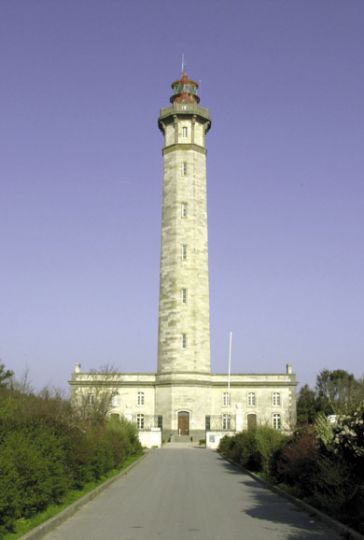
The anecdote about the name of the lighthouse
The story goes that many strandings have occurred on the northern tip of the island of Ré. At first, many whales stranded at this spot on the island, giving the place the name Pointe des Baleines.
Then, two ships ran aground on the rocks in the middle of the 17th e century deciding the state to build a lighthouse to signal the dangerous coast. This is how the lighthouse took the name Phare des Baleines (Whale Lighthouse), in connection with these stories of cetacean strandings.
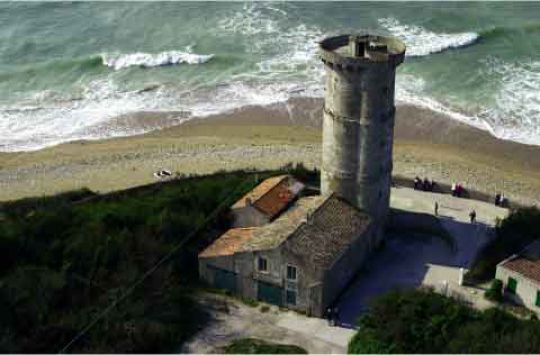
A museum that traces the history of lighthouses
On the 17th e in the 19th century, a building was erected at the foot of the old Whale Tower to store the fuel used to light the fire. The premises are extended at 19 e century to serve as a shed and dwelling for the lighthouse keepers and their families.
It was only in 1949, after the Second World War, that the training school for lighthouse keepers was created and installed in this building. At that time, most lighthouses were connected to the power grid and men had to be trained in these new working methods. The school - in service until 1970 - welcomed men from mainland France, but also from overseas.
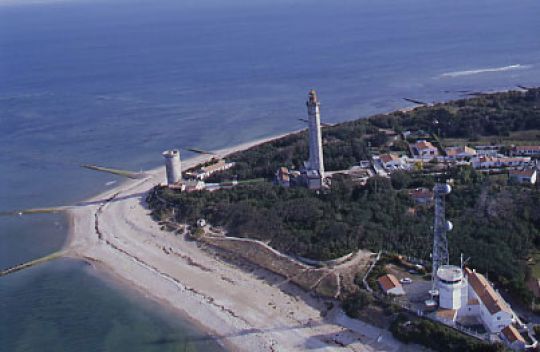
The space was renovated in 2005/2006 to house a museum offering an educational trail that retraces the history of lighthouses and their location, particularly around the Charente inlets, and the evolution of beaconing since the 17th century.
